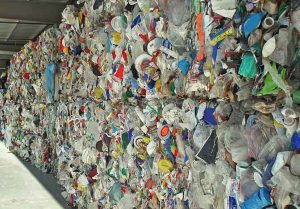 Robotics may come to play a large role in the MRF setting during the next decade, driven by their ability to provide high-quality output and raise bale values. But there are other important technology changes afoot in sortation lines, according to a processing expert.
Robotics may come to play a large role in the MRF setting during the next decade, driven by their ability to provide high-quality output and raise bale values. But there are other important technology changes afoot in sortation lines, according to a processing expert.


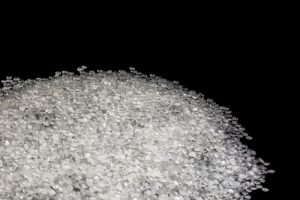 An innovation developed by Procter & Gamble to bolster polypropylene recovery is being put into action, with construction of an Ohio facility beginning last week.
An innovation developed by Procter & Gamble to bolster polypropylene recovery is being put into action, with construction of an Ohio facility beginning last week.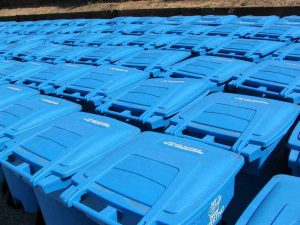 More than 50 U.S. recycling professionals will receive grants to attend the 2017 Resource Recycling Conference, a five-fold increase over last year.
More than 50 U.S. recycling professionals will receive grants to attend the 2017 Resource Recycling Conference, a five-fold increase over last year.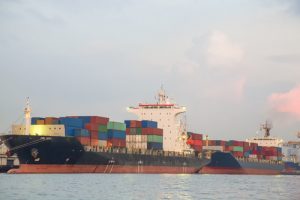 Chinese authorities have announced the country will prohibit some grades of recovered paper and plastic from being imported by the end of 2017. One U.S. group said that action would have a “devastating impact” on the wider recycling sector.
Chinese authorities have announced the country will prohibit some grades of recovered paper and plastic from being imported by the end of 2017. One U.S. group said that action would have a “devastating impact” on the wider recycling sector. Newspaper publishers in British Columbia have submitted a plan aimed at bringing them into compliance with the Canadian province’s extended producer responsibility regulations.
Newspaper publishers in British Columbia have submitted a plan aimed at bringing them into compliance with the Canadian province’s extended producer responsibility regulations.
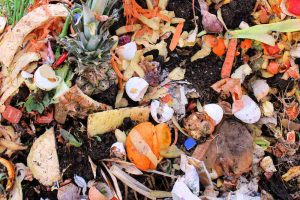 A group that uses corporate money to lift materials recovery has awarded a total of $350,000 to eight projects aimed at keeping organics out of the waste stream.
A group that uses corporate money to lift materials recovery has awarded a total of $350,000 to eight projects aimed at keeping organics out of the waste stream. Funding for North Carolina’s state recycling support program has been largely preserved in a compromise budget approved by both legislative chambers last month.
Funding for North Carolina’s state recycling support program has been largely preserved in a compromise budget approved by both legislative chambers last month.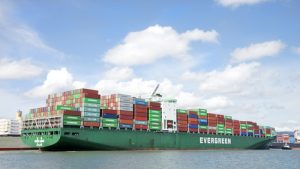 Demand for recovered commodities sent to China may further diminish as another round of import inspections threatens to slow or shutter Chinese processors.
Demand for recovered commodities sent to China may further diminish as another round of import inspections threatens to slow or shutter Chinese processors.